As autumn sets in and we savor the crisp air and vibrant foliage, it’s time for, it is time for co-ops, condos, and HOAs to focus on the essential maintenance tasks that can help protect their properties during the winter months. Winter, especially in regions like New England, can be harsh and unpredictable. Proper planning now not only helps maintain the safety and comfort of residents, but also prevents costly repairs down the road.
Of the change in seasons, Darryl Cunningham, vice president of property services for FirstService Residential notes, “We are getting more rain than snow, so ice is the biggest issue nowadays.” This shift from snow to ice brings its own set of challenges, particularly when it comes to managing the property’s exterior. Small oversights—such as clogged gutters, unsealed cracks, or unchecked roofs—can quickly escalate into significant problems as the temperatures drop.
James Butler, president of J. Butler Property Management in Tewksbury, Massachusetts, concurs. “It’s important to have a maintenance checklist for the season,” he says. Butler’s list of preparations for the changing seasons is a long one, from winterizing irrigation systems and clearing storm drains to checking heating systems and stocking ice-melting supplies. Staying ahead of the maintenance game is always essential—but even more so when New England’s most challenging season is looming. “If you haven’t prepared in advance, vendors get bogged down because everyone will be calling them,” Butler cautions. In September and October, for example, associations want to be sure their plowing contracts are lined up. You just never know when that first storm might arrive.”
Preventing Water Damage
The changing season demands a thorough inspection of all external building elements, and as Butler notes, “Each property is different. If you have a rubber roof, you want to clean the drains on top of the building; or you might be cleaning gutters on other properties.”
“Ensuring your gutters and drains are completely clear to prevent ice build-up is crucial,” says Cunningham. Blocked gutters are more than just a minor inconvenience; they can lead to ice dams, water damage, and eventually, costly repairs. Cunningham suggests scheduling the final gutter cleaning by the last week of October to mitigate these risks.
Samuel Danis of Empire Management in Westboro, Massachusetts, agrees that water is one of the main concerns for winter prep and says, “You should be making sure water meters are removed, flushing out irrigation lines, and fixing any water pooling issues in walkways, roadways, etc., as these puddles will turn to ice in the winter. Any hoses should be put away, and water to exterior spigots shut off.”
Up Top
A building’s roof is an easy target for a host of wintertime issues, says Eric Churchill, executive VP of New England-based property management company Schernecker Property Services. “If there’s any known or suspected roof maintenance issue, that should be accelerated and not wait until the spring.”
Delaying roof repairs can result in leaks, or worse, structural damage when winter storms hit. The most common cause of this damage is ice damming. Ice dams are formed when heat—both from inside the building and from the sun overhead—melts snow on the roof. The melted snow then runs into the colder gutters and eaves, where it pools and refreezes. The continual thaw-and-refreeze process creates ice dams, and when one of these gets big enough, melted water backs up behind it and seeps underneath the roof shingles. Eventually, water can infiltrate the building, causing a litany of serious, costly problems.
Preventing ice damming is just one aspect of proper roof maintenance in anticipation of winter and during the cold months, says Spiro Markatos, president of Skyline Restoration in Long Island City, New York. “Owners should winterize their roofs before the weather gets bad, and make sure the roof edge is in the clear.”
You must ensure that water always is properly channeled away from the roof. The building engineer or custodian should do this, first and foremost, by ensuring the gutters and downspouts are clean and free of debris at all times. Those connection points between areas of a roof, such as where the roof meets the gutter, or where shingles meet flashing, can turn into problem spots for leaks if left unchecked for too long. If you’re worried about ice damming or snow accumulation on your roof, have an engineer check the roof and the building’s design.
Inside the Building
While the roofs are especially vulnerable to wintertime woes, the parts of your building that lie below the surface are just as important. Throughout the winter, pipes and plumbing should be inspected to ensure they are safe from freezing temperatures. Special attention should be paid to pipes that are in unheated spots in basements, or that are exposed to the elements. Exterior plumbing and water sources should all be insulated or turned off before the first freeze, and anything that can retain water (like hoses used to water landscaping elements or clean sidewalks, for example) should be drained and stored away til spring.
Winterization also includes inspecting and prepping your building’s boiler —though really, it’s not just a wintertime thing; boilers need to be maintained on a regular basis, not only for proper functioning, but also because the New York City Department of Buildings (DOB) requires boilers to have a certificate of operation. Many boilers need to be overhauled annually, with a combustion test done at that time, and a licensed professional should do regular fireside cleanings and at least biannual checkups of your system. As the boiler’s stack temperature increases, it indicates residue buildup and means it’s time for a cleaning. Boiler pros generally recommend booking a cleaning and inspection of your system to prepare for winter. It’s a day-long job during which gaskets are checked, among other things, and replaced if they’re showing signs of wear.
Ensuring these systems are in top condition before the cold sets in is not just about comfort; it’s about safety. Cunningham stresses the importance of a detailed maintenance schedule, noting that “Having a list of tasks to make sure all seasonal-related things are done at the right time” is the best way to avoid any unexpected breakdowns.
According to Danis, “Most boilers actually have a winter and summer mode to save on unnecessary fuel in the summer. Making sure recirculation pumps are turned on and running in winter mode is huge to ensure heat is running. The best times to perform full maintenance on a boiler would be in the spring and fall, so having the system shut down and cleaned right before the winter is extremely important. Next would be making sure all heat is working not only in the common areas but also inside specific units to prevent any freeze-ups.”
“Ensuring fuel for oil furnaces is not only contracted for the year for refilling but also making sure the lines are clear and new filters are in so that there is no issue with getting heat is important. Electric hallway heaters are also commonly forgotten, so you want to make sure they are not only working but set to turn on at the correct temperature.”
Clear Communication
Effective communication is the cornerstone of successful winter preparation for co-ops, condos, and HOAs. For properties managed by boards or HOAs, one of the most significant challenges is ensuring that all residents are informed and aware of their responsibilities. Cunningham emphasizes the critical role of “excellent communication with the residents” in bridging any gaps in preparation. This proactive approach involves regular updates, timely reminders, and clear instructions on essential tasks like sealing windows, preparing personal HVAC systems, and understanding emergency procedures.
The need for clear communication becomes even more pronounced in smaller, self-managed buildings. These properties often face unique challenges, as they typically rely on external vendors and may lack the internal resources that larger, professionally managed properties enjoy. Cunningham explains, “We work with a lot of smaller buildings to create their seasonal plan and make sure they have the necessary resources to get the work completed.” This tailored support ensures that even smaller properties can approach the winter season with the same level of preparedness as larger ones.
By prioritizing communication, HOAs and co-op boards can foster a sense of community and shared responsibility, ensuring that every resident is ready to contribute to a safe and comfortable winter season.
A Plan for the Unexpected
Despite the best-laid plans, winter has a way of throwing surprises. “Many things you do not plan on can—and probably will—happen during the winter,” Cunningham reflects. This is where the true value of a well-structured maintenance plan comes into play. By anticipating potential issues and setting aside resources to address them, building managers can handle unexpected challenges without being caught off guard.
Churchill adds another layer to this approach, emphasizing the importance of not just preventative but also predictive maintenance. “The most important thing to look for is to make sure gutters, downspouts, and drains are clean and clear. You want to make sure your water management system is free and there aren’t any blockages that can go on to cause extensive damage into the winter,” he advises. This forward-thinking mindset, where small issues are addressed before they escalate, can save properties from much larger and more expensive problems down the line.
Looking Beyond Winter
Danis says, “Absolutely, keeping an annual schedule is extremely important. Small items like checking outside spigots can be forgotten easily, so having a spring and fall checklist is the most efficient way to ensure all is complete. Small items like changing filters, ensuring thermostats are operational, and winterizing the pool house can all be forgotten, especially with all of the holidays during the fall and winter months.”
As fall gives way to winter, there’s also an opportunity to take stock of the property’s overall health. Fall is budget season for many HOAs, a time to review reserve studies and financial plans. “Now is the time to ask yourself if there is a true reason to wait on any repairs,” Churchill advises. Postponing necessary work can lead to higher costs later, as minor issues left unaddressed may turn into major repairs.
In the end, preparing for winter is not just about surviving the season; it’s about ensuring the long-term sustainability of the property. For co-ops, condos, and HOAs, this preparation is a collective effort, requiring meticulous planning, clear communication, and a commitment to proactive maintenance.
Kate Mattiace is Associate Editor of CooperatorNews.



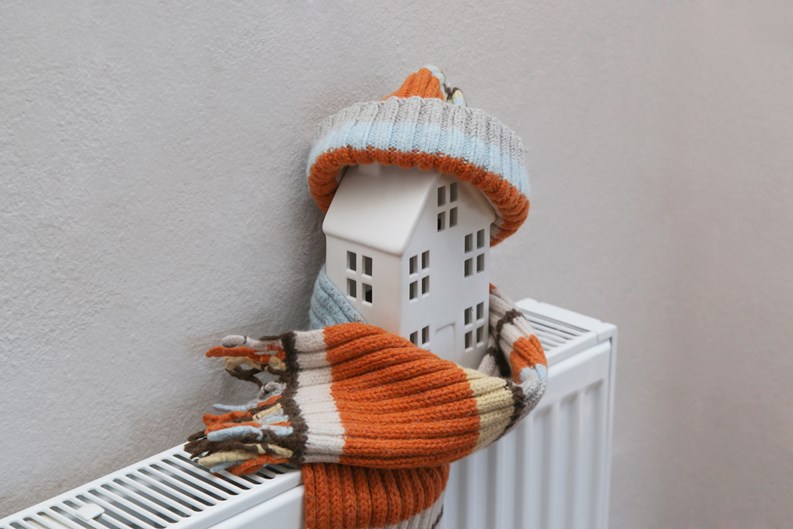

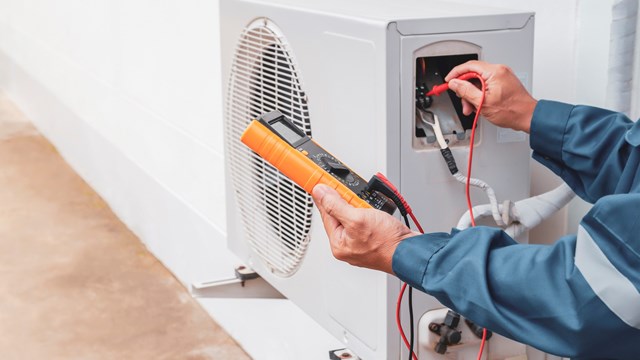
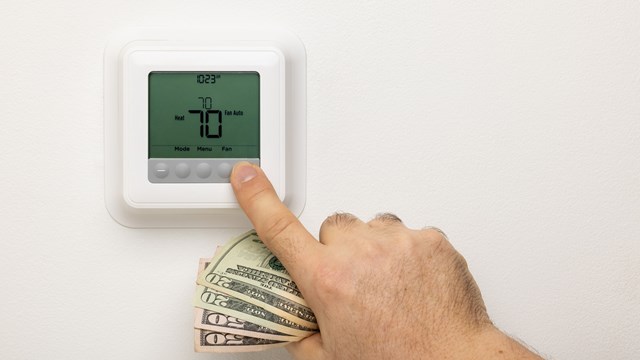
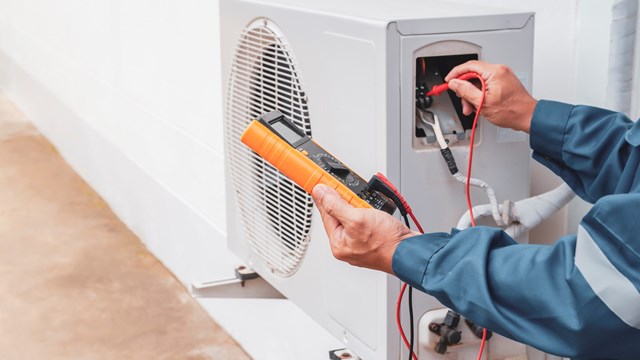
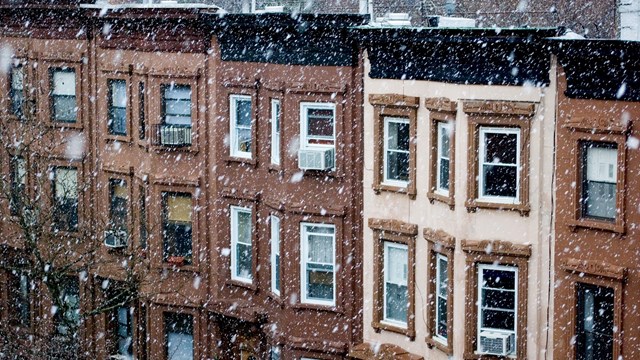
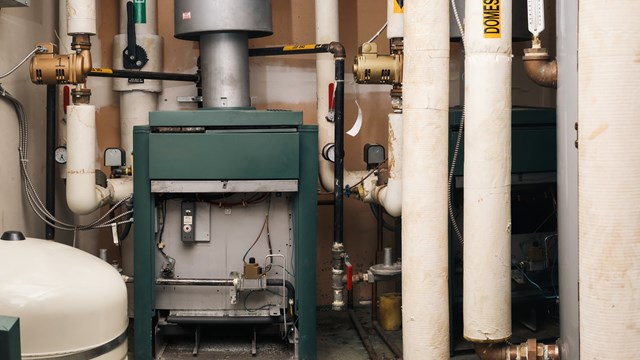
Leave a Comment